
Within the framework of the short-term training program, on November 19, the delegation of leaders and managers of central and local departments, ministries and branches of Vietnam had a field trip to the Network Solutions Center of Nokia Technology Group in Australia. This was an opportunity for the delegation to directly access international experience in deploying AI, big data and infrastructure automation - key elements in the national digital transformation strategy.
AI becomes the new pillar of modern telecommunications infrastructure
In the introduction, Mr. Andrew Cope, CEO of Nokia Oceania region, said that Nokia has been operating in the Oceania region for more than a century, with thousands of employees working at research and development centers in Sydney, Melbourne, Perth, Wellington and Auckland. The company operates and supports more than 13,000 2G-5G base stations in the region, ensuring service for the six largest telecommunications networks. With this technology platform and experience, Nokia emphasized that the digital infrastructure of the future will be based on AI, deep automation and super big data processing capacity, not just on hardware or radio waves as before.
Nokia's product ecosystem spans from traditional telecommunications to critical industrial sectors. The company is providing radio systems, fiber infrastructure, network orchestration and automation platforms to all major operators such as TPG, Optus, Telstra, NBN, Chorus or Spark. Thanks to that, the huge volume of data from telecommunications networks is processed smoothly in real time, ensuring 24/7 service quality in large and dispersed geographical conditions.

A highlight of the working session was the presentation on the application of digital technology in key economic sectors. In the mining sector, where harsh conditions require high stability, Nokia has deployed autonomous vehicles in mines, continuous safety monitoring systems and data-driven predictive maintenance solutions, helping mining corporations optimize productivity and reduce work accidents.
In the public safety sector, Nokia’s communications systems are supporting firefighters, rescue workers, police, and hospitals in many countries during natural disasters. In the rail sector, the company is implementing the transition from the old GSM-R standard to a private 5G network for train systems in South Korea and New Zealand, allowing real-time data transmission between trains, stations, and control centers. These examples show that modern telecommunications is no longer just about mobile waves, but the “blood vessels” that run the entire economy.
In his presentation on the role of AI in network operations, Mr. Andrew Cope presented a series of practical figures: AI has helped save up to 12% of energy for transmission stations in Australia, increased data transmission speed by 29% during peak hours, reduced 5G call drop rate by 22% and in natural disaster situations, AI can automatically expand the coverage of the remaining operating stations to maintain communication for people. These figures show that AI has become a part of the operation of modern telecommunications infrastructure.
Mr. Andrew Cope also shared how to apply AI in cyber security. With the huge amount of data that telecommunications systems produce every second, manual methods are no longer capable of detecting and handling threats in a timely manner. Nokia deploys a model that combines generative AI and RAG techniques to ensure that all responses are based on real data, avoiding bias due to the model's self-guessing.
Next-generation AI is integrated to help engineers analyze alerts, determine the cause, and recommend appropriate actions. More importantly, each customer's data is completely isolated and not used to retrain the model, which is a crucial principle in areas with sensitive data.
The New Leap of AI
Also during the meeting, Nokia representative introduced the new generation of AI, also known as agent AI. Accordingly, generative AI - like ChatGPT - is only capable of creating content but cannot act on its own and cannot make decisions. The future of AI is agent AI, which means AI that can respond and act. Agent AI is considered a new leap forward, capable of planning, making decisions within the allowed scope, completing tasks and adapting to the environment.
“Agent AI has developed rapidly and can take on many important aspects of digital system operations, especially in technical and repetitive tasks. In the telecommunications sector – where precision and response speed are required – agent AI can automatically monitor network status in real time, detect traffic anomalies, predict the risk of incidents and perform many configuration optimization actions according to pre-defined processes,” said Mr. Andrew Cope.
However, Mr. Andrew Cope also emphasized that automation does not mean completely replacing humans. Interventions that have a large impact on services, decisions related to system safety, or tasks associated with legal-ethical responsibilities all require human supervision and approval. This is also the core principle to ensure safe operation in critical infrastructure.
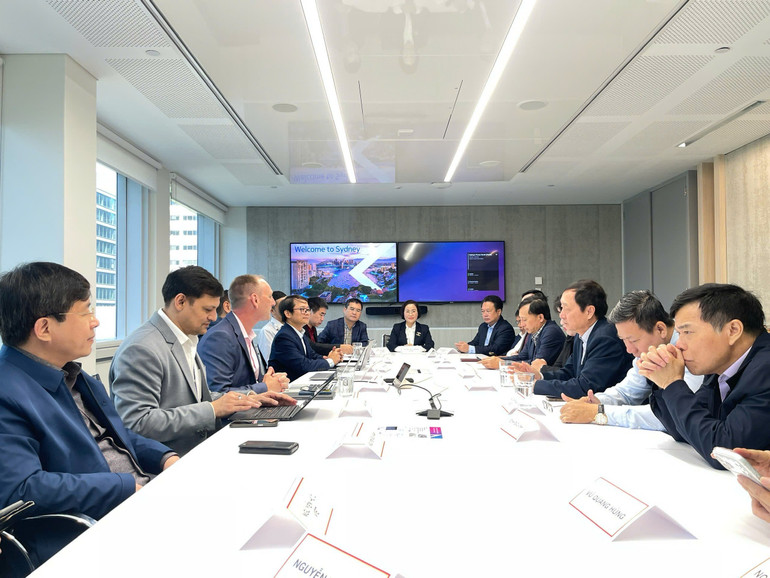
“Vietnam is one of the 'golden lands' for developing the new generation of AI. I have worked with many young Vietnamese engineers and highly appreciate their capacity as well as the strong team of programmers. Together with the dynamic startup ecosystem and the strong determination of the Government on digital transformation, Vietnam can take advantage of AI agents to save operating costs, accelerate the deployment of digital infrastructure and shorten the technology gap with developed countries. Nokia is ready to accompany Vietnam for a long time, especially in projects related to 5G, cyber security, big data and large-scale digital infrastructure,” Mr. Andrew Cope shared.
According to Nokia representative, among the industries promoting digital transformation in Vietnam, telecommunications is considered the most suitable field to deploy first. The reason is that telecommunications infrastructure already has standardized operating procedures, possesses large and continuous data sources, and has a long-standing monitoring and operating system. This is the ideal environment for AI agents to promote the ability to automate operations, optimize network resources and shorten incident handling time.
In addition, some other fields such as smart cities, industry-manufacturing, and some online public services also have the potential to be applied. In smart cities, AI agents can support traffic situation analysis, safety monitoring, and energy-water infrastructure operations. In industry, this technology helps automate production lines, predict equipment maintenance, and reduce operating costs.
In the public service sector alone, Nokia believes that this is a large application space but is directly related to personal data and legal processes, so Vietnam should implement it step by step, cautiously and in a controlled manner.
To deploy AI agents safely, the policy framework plays a decisive role. First of all, Vietnam needs to focus on data standardization, because the quality of input data directly determines the quality of AI output. At the same time, there must be specific regulations on data protection and network security, especially for critical systems such as telecommunications, electricity, and transportation.
In addition, it is necessary to soon build a mechanism for testing and certifying AI models, ensuring that AI agent systems meet technical and safety standards before being put into operation. This includes the requirement of accountability, that is, the model must explain the logical basis of the actions it performs.
Another important component is an accountability framework. Policy must clarify the responsibilities of implementing organizations, operating units, and the level of human oversight in highly automated systems.
Finally, Nokia representative recommended that Vietnam should develop a policy testing mechanism (sandbox) specifically for AI agents, allowing controlled testing and risk assessment before scaling up.
Source: https://nhandan.vn/the-he-ai-moi-thuc-day-su-phat-trien-ha-tang-so-post924414.html








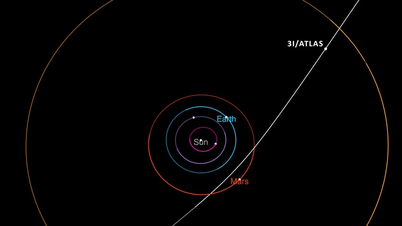








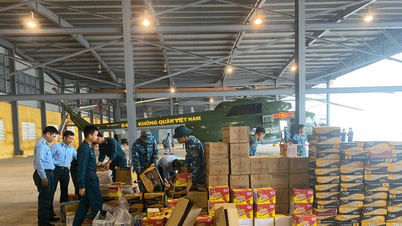





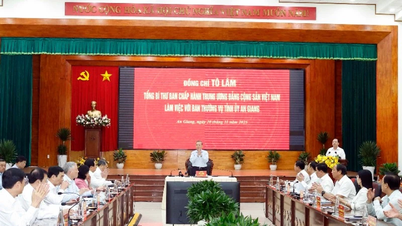
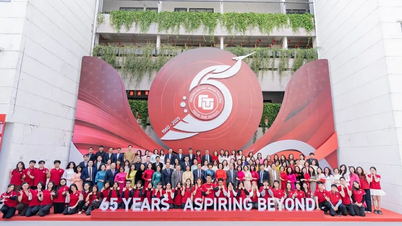





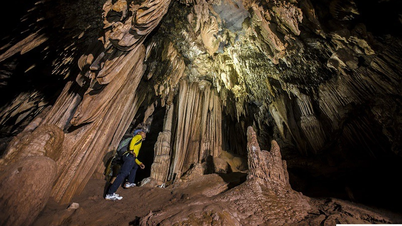

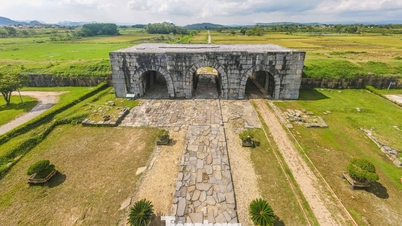

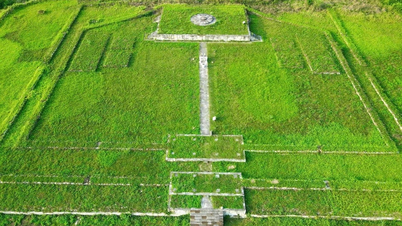








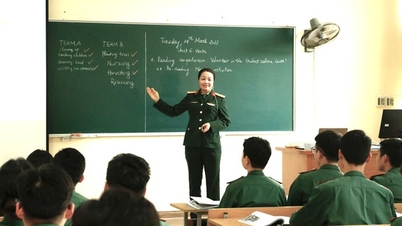


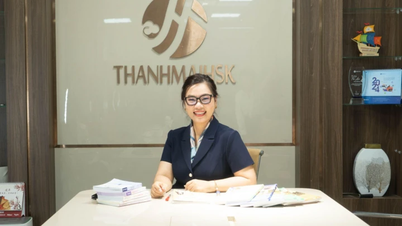

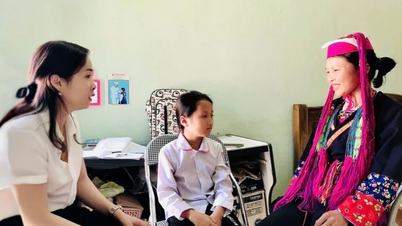


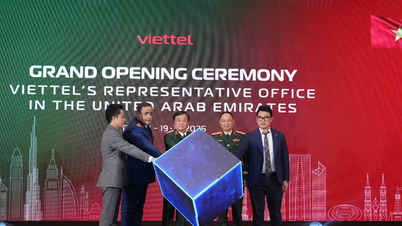

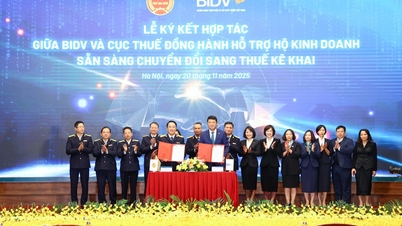

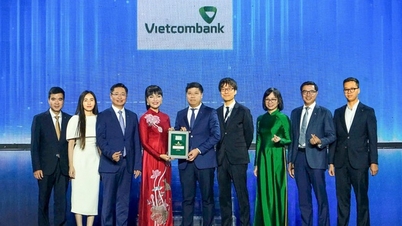








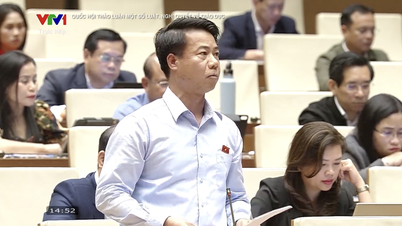



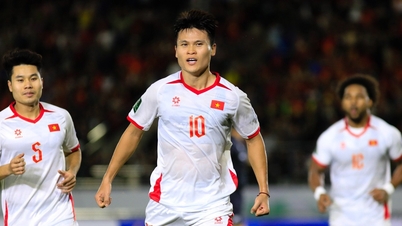




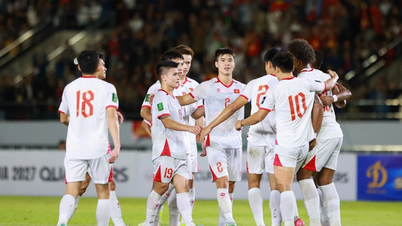
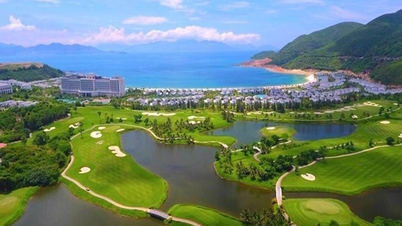
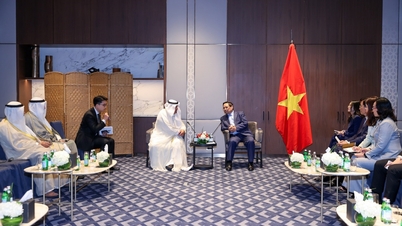

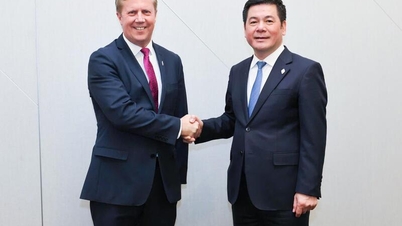

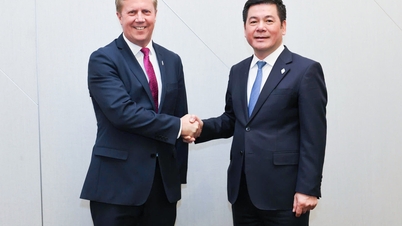





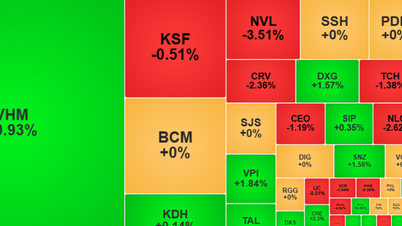















Comment (0)